"Pesticides used worldwide" | Top 10
Description
#pesticides #agriculture #dataforfarmers
This video shows the top 10 countries of pesticides use worldwide from 1990 till 2017.
In 2017 the total quantity of pesticides use worldwide is around 4.100.000 tonnes and growing yearly.
Data is a sum of the use of major pesticide groups (Insecticides, Herbicides, Fungicides, Plant growth regulators and Rodenticides) and of relevant chemical families.
Data report the quantities (in tonnes of active ingredients) of pesticides used in or sold to the agricultural sector for crops and seeds. Information on quantities applied to single crops is not available.
If you put the 4.100.000 tonnes into European trucks, then you would get a row with a length of 4.250 km, or almost twice the distance Amsterdam - Moscow.
For the global market of crop protection products, market analysts forecast revenues of over 52 billion US$ in 2019.
Pesticides can save farmers' money by preventing crop losses to insects and other pests; in the U.S., farmers get an estimated fourfold return on money they spend on pesticides. One study found that not using pesticides reduced crop yields by about 10%. Another study, conducted in 1999, found that a ban on pesticides in the United States may result in a rise of food prices, loss of jobs, and an increase in world hunger.
There are two levels of benefits for pesticide use, primary and secondary. Primary benefits are direct gains from the use of pesticides and secondary benefits are effects that are more long-term.
Pesticides are used to control organisms that are considered to be harmful. For example, they are used to kill mosquitoes that can transmit potentially deadly diseases like West Nile virus, yellow fever, and malaria. They can also kill bees, wasps or ants that can cause allergic reactions. Insecticides can protect animals from illnesses that can be caused by parasites such as fleas. Pesticides can prevent sickness in humans that could be caused by moldy food or diseased produce. Herbicides can be used to clear roadside weeds, trees, and brush. They can also kill invasive weeds that may cause environmental damage. Herbicides are commonly applied in ponds and lakes to control algae and plants such as water grasses that can interfere with activities like swimming and fishing and cause the water to look or smell unpleasant. Uncontrolled pests such as termites and mold can damage structures such as houses. Pesticides are used in grocery stores and food storage facilities to manage rodents and insects that infest food such as grain. Each use of a pesticide carries some associated risk. Proper pesticide use decreases these associated risks to a level deemed acceptable by pesticide regulatory agencies such as the United States Environmental Protection Agency (EPA) and the Pest Management Regulatory Agency (PMRA) of Canada.
DDT, sprayed on the walls of houses, is an organochlorine that has been used to fight malaria since the 1950s. Recent policy statements by the World Health Organization have given stronger support to this approach. However, DDT and other organochlorine pesticides have been banned in most countries worldwide because of their persistence in the environment and human toxicity. DDT use is not always effective, as resistance to DDT was identified in Africa as early as 1955, and by 1972 nineteen species of mosquito worldwide were resistant to DDT.
By 2001, just six pesticide manufacturers commanded more than 76% of global pesticide sales.
Due to continued merger deals, now just four companies currently dominate the pesticide sector: Syngenta, Bayer AG, DowDupont, and BASF.
➖➖⬇️➖➖ VIDEO ➖➖⬇️➖➖
DISCLAIMER:
This graph is based on the current available data. We will update when there is new data available. No rights can be derived from the data.
SOURCES:
http://foastat.org/ United Nations and Wikipedia.
https://www.investopedia.com/articles/markets-economy/082516/top-5-pesticide-companies-world-syt-dow.asp
MUSIC:

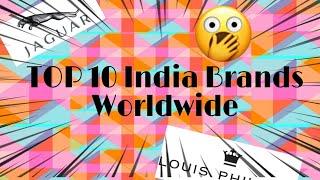
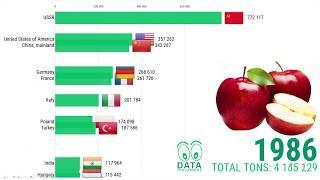


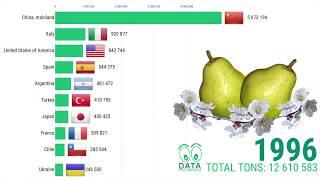




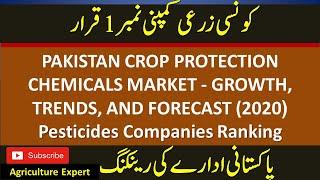
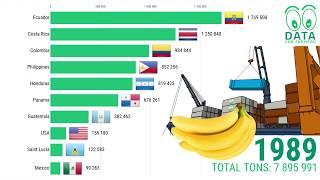



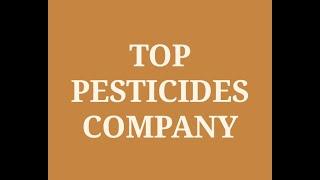





Comments